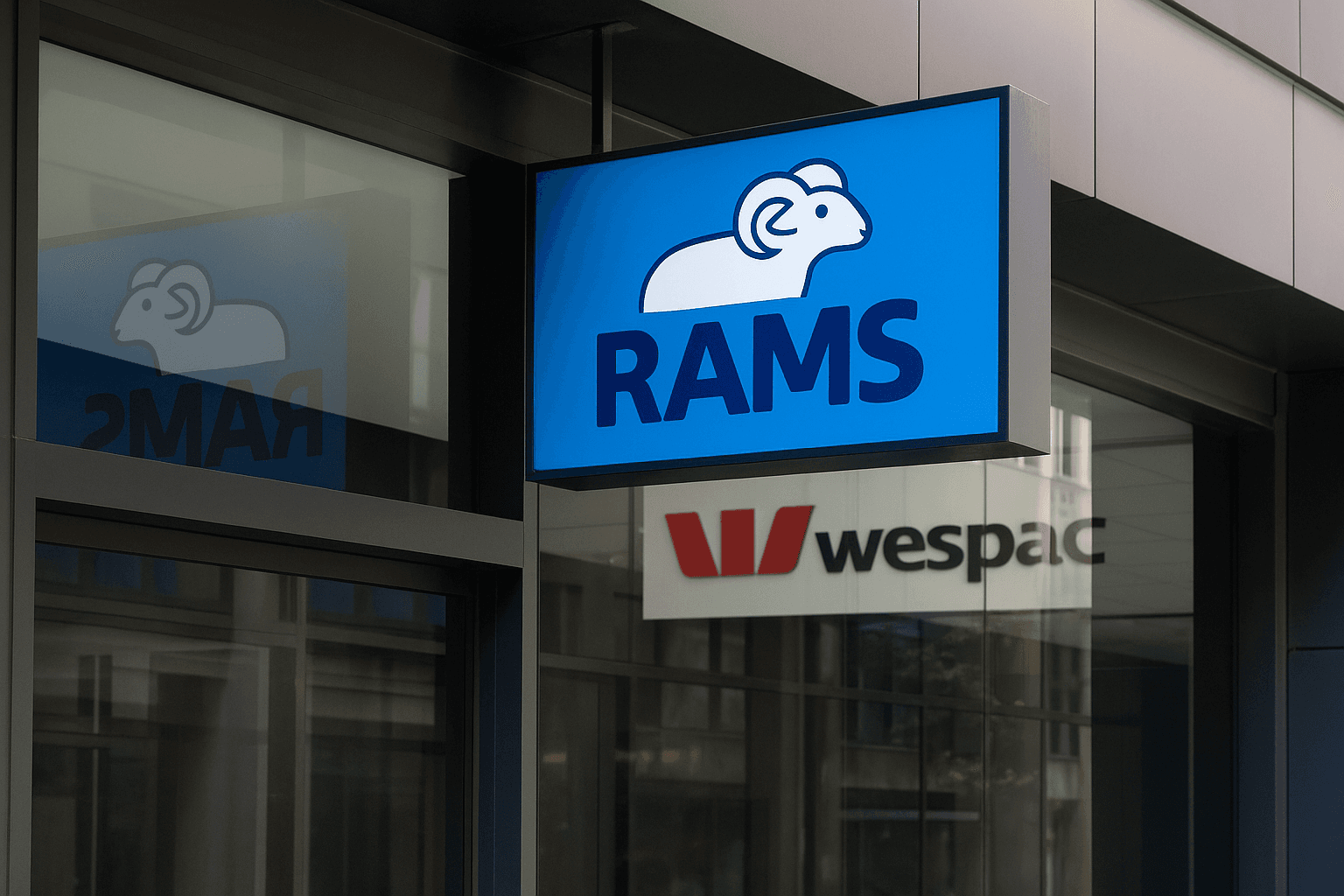ASX 200 Index forecast ahead of RBA decision, Westpac & NAB earnings

News Summary
The Australian ASX 200 Index has come under increased pressure, falling from its year-to-date high of $9,113 on October 22 to $8,865, forming a double-top pattern ahead of the Reserve Bank of Australia's (RBA) upcoming interest rate decision. Australia's Q3 inflation report revealed a significant jump in the Consumer Price Index (CPI) to an annual rate of 3.2%, with the monthly indicator rising to 3.5%, both well above the RBA's 2.0% target. Economists anticipate the RBA will keep rates unchanged but potentially signal a future hike, leading to a recent surge in Australian bond yields. Investors are also looking ahead to earnings reports from major constituent companies including Westpac, National Australia Bank (NAB), and Amcor. Banks like Westpac and NAB are expected to benefit from the elevated interest rate environment. Technically, the ASX 200 has fallen below its 50-day moving average and the Relative Strength Index (RSI) is declining, suggesting potential further drops towards its neckline support at $8,722.
Background
The Reserve Bank of Australia (RBA), under Governor Michele Bullock, has maintained a relatively cautious monetary policy stance over the years. Despite economic challenges, the RBA has been hesitant to implement significant rate cuts, primarily due to concerns that such measures would further stimulate inflation, moving it away from its targeted 2.0% level. Australian banks, such as Westpac and National Australia Bank (NAB), typically benefit from elevated interest rates, as these conditions tend to widen their net interest margins. Consequently, the earnings performance of these banking giants, in the current high-inflation and high-interest-rate environment, holds significant sway over the broader ASX 200 Index.
In-Depth AI Insights
What are the broader implications of Australia's persistent inflation for the RBA's monetary policy and the ASX 200? - Inflation data significantly above the RBA's 2.0% target signals an increasingly hawkish stance from the central bank, increasing the probability of future rate hikes. - Monetary tightening will directly impact consumer spending and corporate profitability, likely exerting downward pressure on the overall performance of the ASX 200 Index. - Amid global economic uncertainties, a hawkish RBA could lead to slower economic growth in Australia, affecting market sentiment. How might the upcoming earnings from major banks like Westpac and NAB influence the ASX 200, given the current interest rate environment? - Elevated interest rates typically boost banks' net interest margins, potentially leading to strong earnings reports that could offer some short-term support to the index. - However, if banks simultaneously signal caution regarding the economic outlook or credit quality, or if the RBA's hawkish outlook is already priced in, the positive impact of bank earnings on the index might be capped. - Investors will scrutinize banks' guidance on future margins and loan growth to assess the long-term sustainable impact of the high-interest-rate environment. Beyond the RBA decision and corporate earnings, what technical indicators suggest potential further downside for the ASX 200? - The formation of a double-top pattern at $9,113 for the ASX 200 is a bearish technical signal, typically indicating a price reversal and subsequent decline. - The index's drop below its 50-day moving average signifies a shift to negative short-term momentum, suggesting increasing selling pressure. - A downward trend in the Relative Strength Index (RSI) further confirms bearish sentiment, indicating the index may lack upward momentum and could continue to test the neckline support at $8,722.